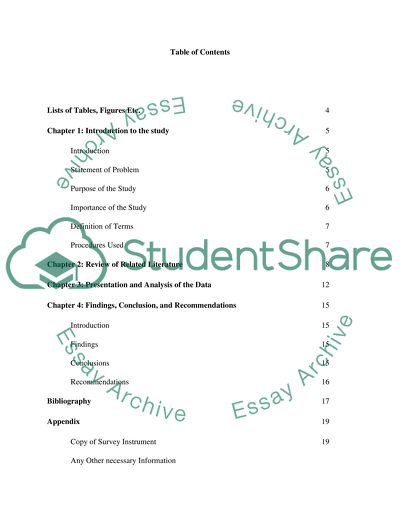Cite this document
(“Problems in Education Research Paper Example | Topics and Well Written Essays - 3000 words”, n.d.)
Retrieved de https://studentshare.org/education/1391581-problems-in-education
Retrieved de https://studentshare.org/education/1391581-problems-in-education
(Problems in Education Research Paper Example | Topics and Well Written Essays - 3000 Words)
https://studentshare.org/education/1391581-problems-in-education.
https://studentshare.org/education/1391581-problems-in-education.
“Problems in Education Research Paper Example | Topics and Well Written Essays - 3000 Words”, n.d. https://studentshare.org/education/1391581-problems-in-education.


